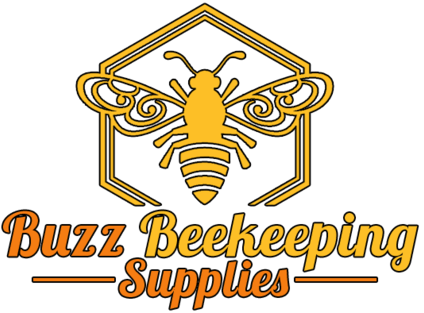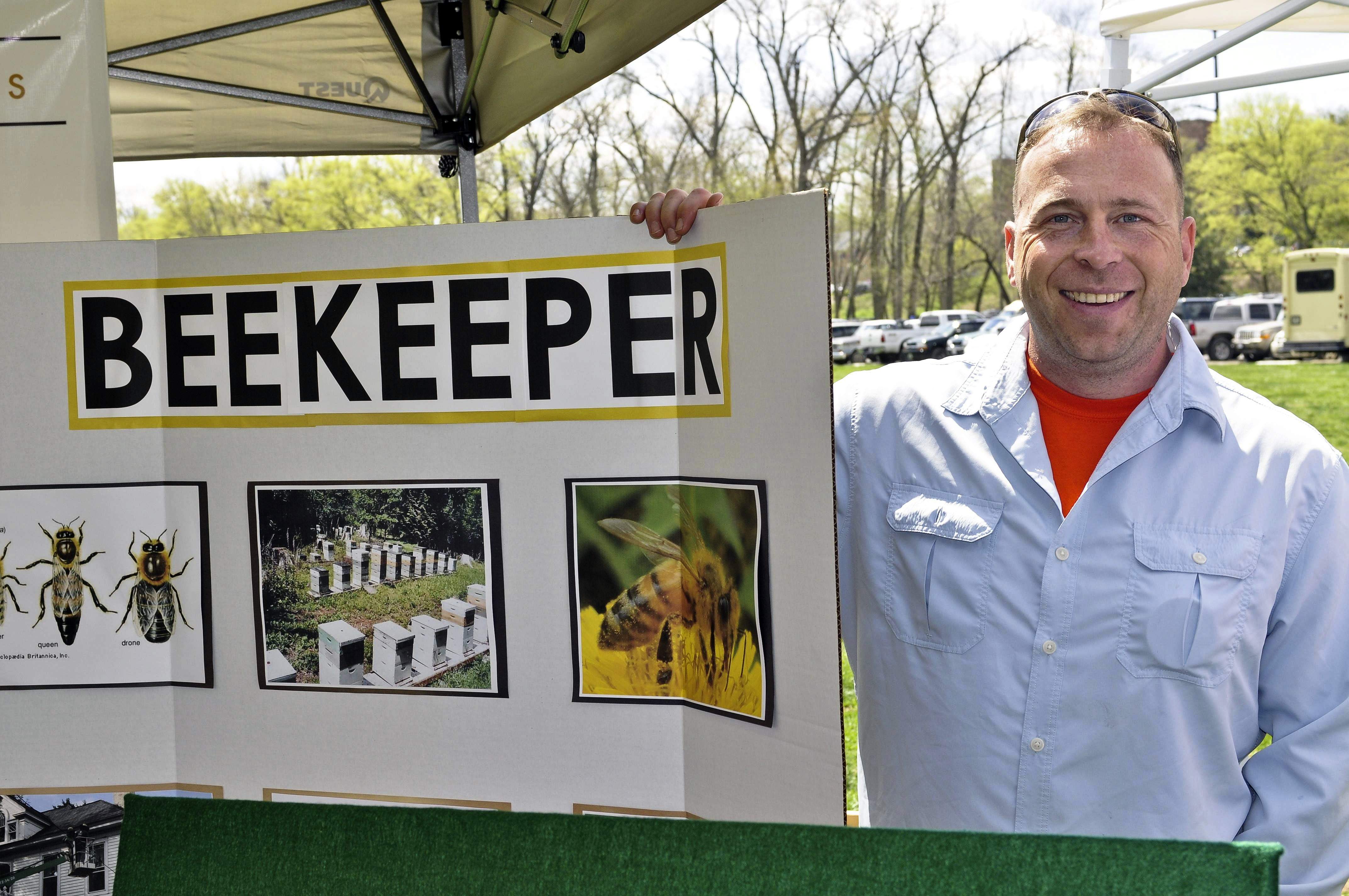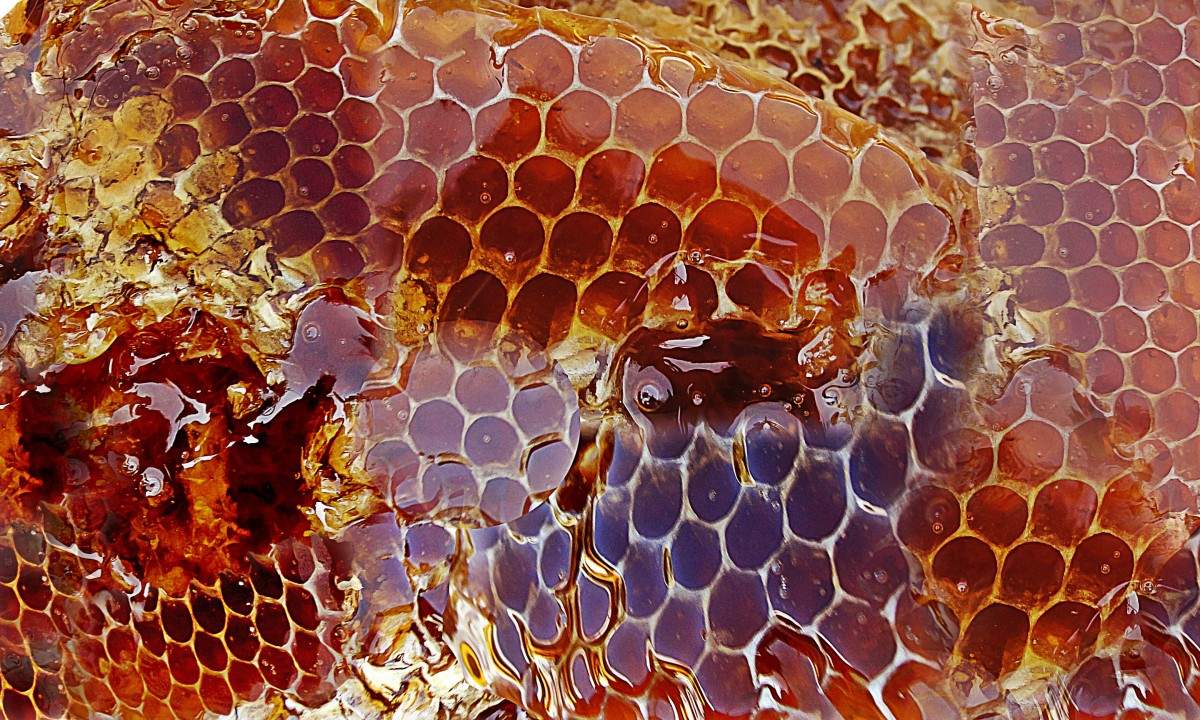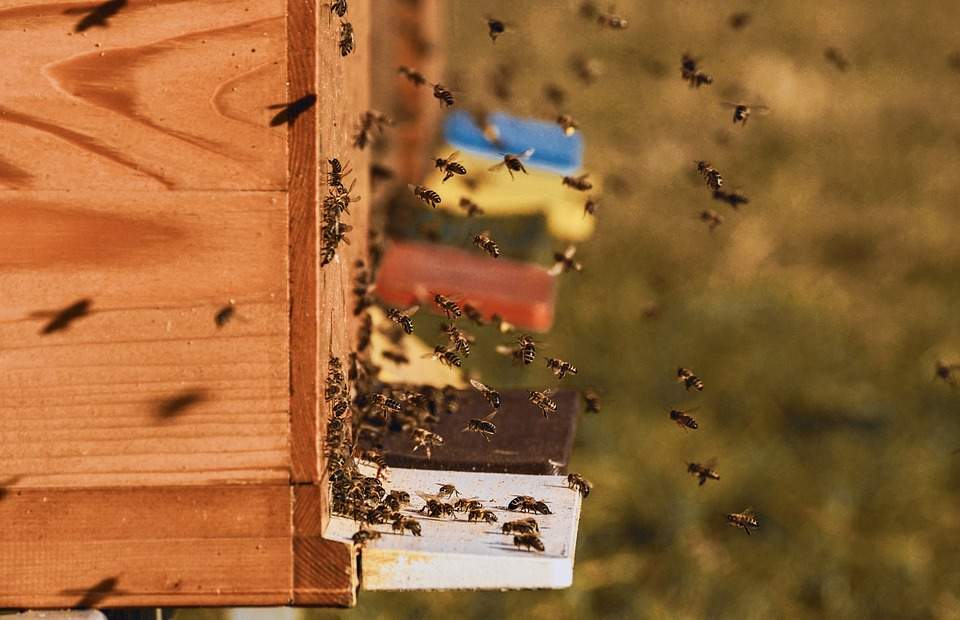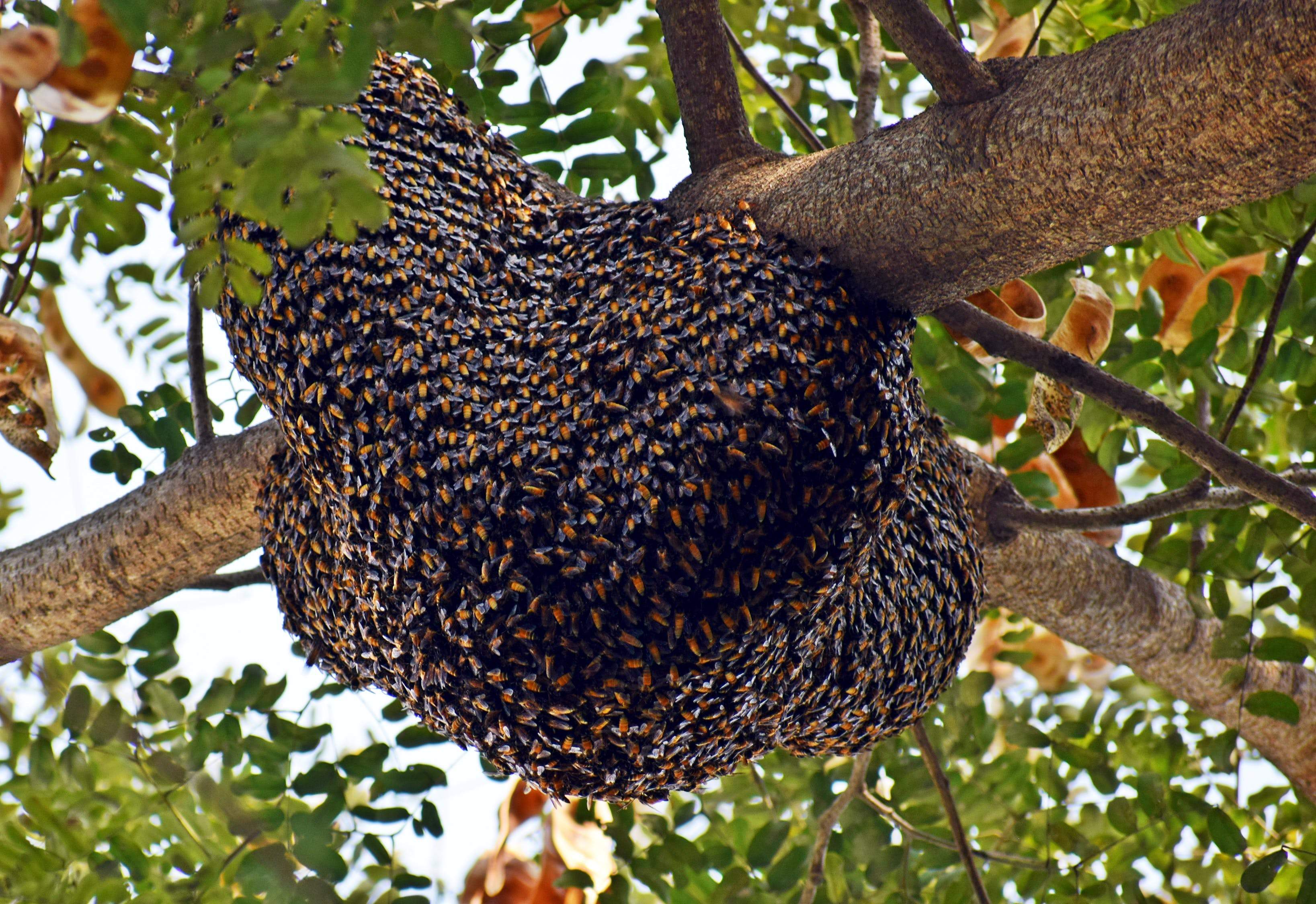Ten Types of Bees
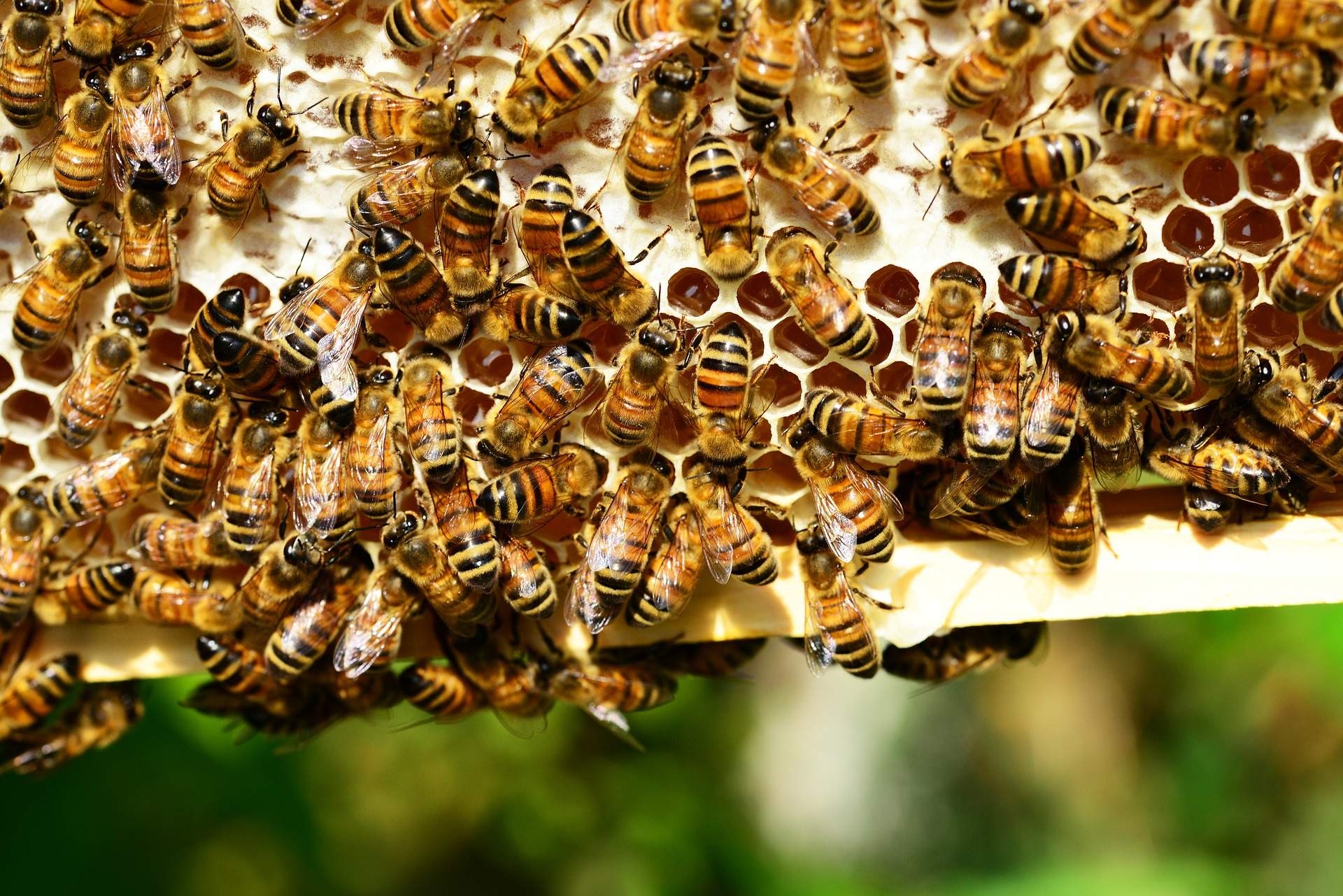
This is an edited reprint of an article that appeared in the April 27th edition of the 1887 American Bee Journal.
- Black or Brown – The ordinary hive-bee or honey-bee, called by the way of distinction, the black or
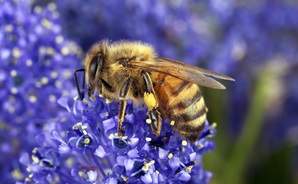 brown, from being almost one uniform brown-black color, with slight indications of paler bands on the abdomen, and clothed with grayish brown hairs. Until within the last fifteen years, no other bee was known in north or west Europe. This bee, after escaping, has made itself wild in the American and New Zealand woods.
brown, from being almost one uniform brown-black color, with slight indications of paler bands on the abdomen, and clothed with grayish brown hairs. Until within the last fifteen years, no other bee was known in north or west Europe. This bee, after escaping, has made itself wild in the American and New Zealand woods.
- Italian Alp. – The Italian Alp bee, sometimes called Ligurian, is indigenous to the mountainous district that lies in the north of Italy round about the lakes Magiore and Como. It is of a light orange yellow color, with two orange red bands on the abdomen, and is longer and more slender than the black. They are better honey gatherers, more hardy and prolific, and very courageous in defending their own hives, even from the ravages of the Wax Moth.
- Cyprian. – The Cyprians are natives of Cyprus and part of Turkey in Asia. They are yellow, quite slender, wasp-like, and smaller than Italians. They always have a yellow shield mark on the back between the wings. They are strong, excellent honey gatherers, winter better than any other race, and are proof against being robbed by other bees. But they are easily excited, and most revengeful stingers.
- Syrian. – The Syrian bees are found on that part of Asiatic Turkey, which lies north of Mount Carmel. They are of the same size, qualities, and temper as the Cyprians, from which they differ in showing less yellow, and being on the whole of a grayer color over their whole bodies. They are quite distinct from the next variety.
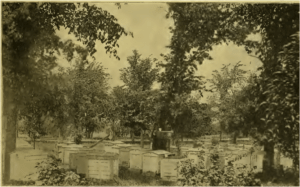
- Holy Land. – The Holy Land, or as the natives call them, the Holy Bees, are found in Palestine, south of Mount Carmel. They are marked like the Cyprians, but their hair is so light in color they appear to be beautifully striped. Their size is smaller than Italians, but larger than Cyprians. They are very active and far-flying, most wonderful cell builders, and get honey from red clover; but they are ready to sting, become furious at the least smoke, and run off their combs when one is lifted from the hive.
- Tunisian. – Tunis, on the north of Africa, has a peculiar race of bees. They are the same in size as the Cyprian and Syrian, but their color is dark brown—even darker than the common black or brown. They are active workers, keep on the combs when being handled, and bear smoke better than other Eastern races; but they are liable to attack a person coming near them, even though not interfered with.
- Carniolan.- The Carniolan bees are natives of Camiola, in South Austria. They are longer and thicker than the black or brown, being the largest domesticated European bee. The color is a rich, dark brown, nearly black, while each ring of the abdomen is clearly marked or whitish-gray hairs, giving it a silvery look. They are equal to Italians in honey gathering, fecundity and hardiness, while they are of a most remarkably gentle disposition, never attacking the manipulator, except when they are treated with improper roughness.
- Hungarian. – The bees peculiar to Hungary are the same size of, but far blacker than the common brown. They are very fair honey gatherers, and as gentle as Italians, but their propensity to swarm renders them very uncertain and unprofitable.

- Egyptian. – The Egyptian bees are like Syrians in size, but quite yellow, like the Italians. They abound, both wild and in domestication, along the valley of the Nile, and while famed for good honey gathering qualities, are without exception the most ferocious bees known outside of India. (Apparently, they were not familiar with Africanized honey bees)
- South African. – There is an excellent race of bees, both wild and hived, in the Cape Colony, which it is to be hoped will soon be introduced to our bee-keepers. They are the size and color of Italians, but grayer, while they are more tractable, and at the same time very prolific, and of remarkable working powers; where honey is to be gathered, they keep at it early and late, and often are at work even by moonlight.
It is from the best of these races that the advanced bee-keepers of the world are now endeavoring to concentrate in one strain those characteristics which commend themselves as desirable in the best bred bee. And it may be safely stated that the honeybee of the future will be as superior to the bees known to us twenty years ago.
1. Ventilated Suit – https://amzn.to/2D1hJBu
(NEW) Ventilated Jacket – https://amzn.to/2Av6piJ
2. Beekeeper YKK Suit Combo – https://amzn.to/2Xk3xLz
3. Beekeeper Journal – https://bit.ly/3xXxFl2
4. YKK Suit – https://amzn.to/2IDJALO
5. Beekeeper Jacket – https://amzn.to/2FirwTW
6. Beekeeping Gloves:
– Goatskin Beekeeping Gloves – https://amzn.to/2GYxBZW
– Cow Leather Beekeeping Gloves – https://amzn.to/2uiSExd
7. Queen Marking Kit – https://amzn.to/2Wm1kCw
– Queen Marking Pens – https://amzn.to/3c4vE8y
–Queen Marking Cage – https://amzn.to/2TDwwdQ
